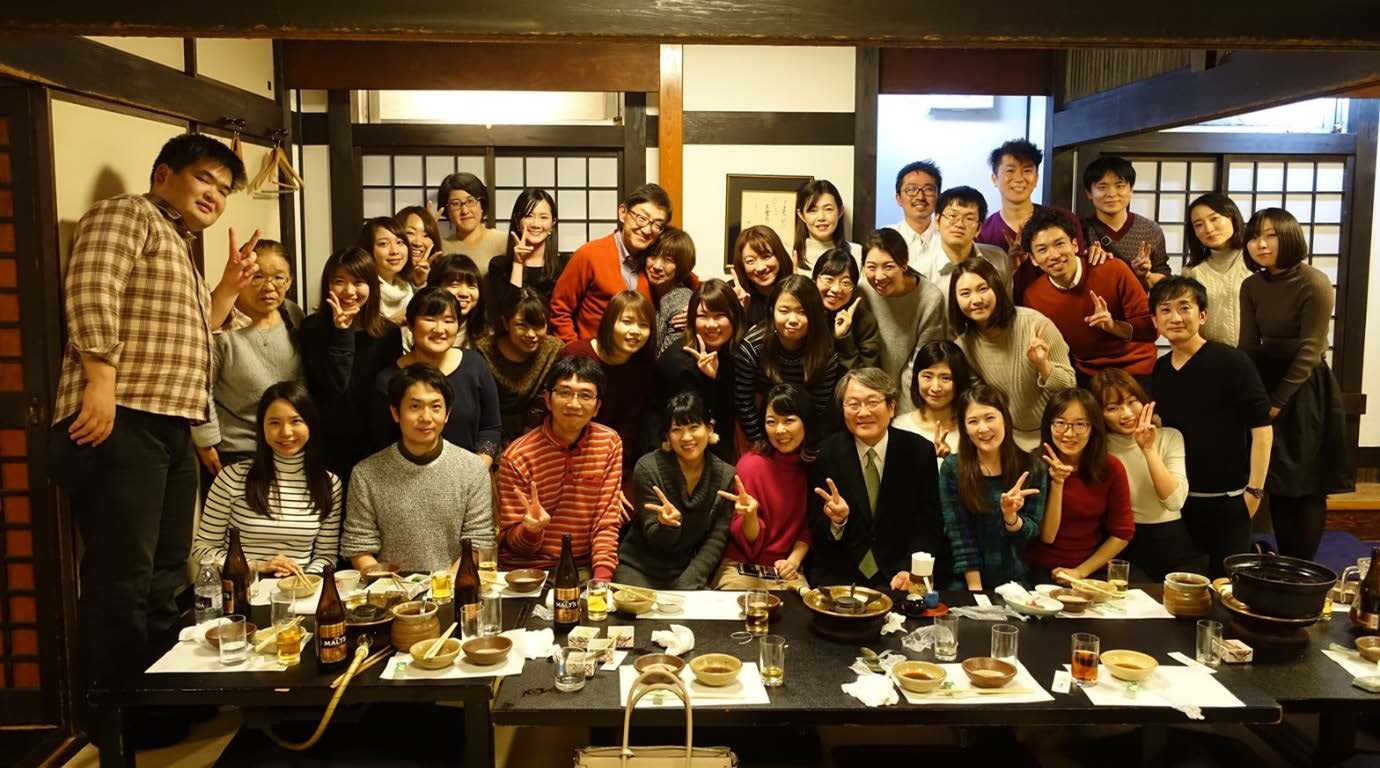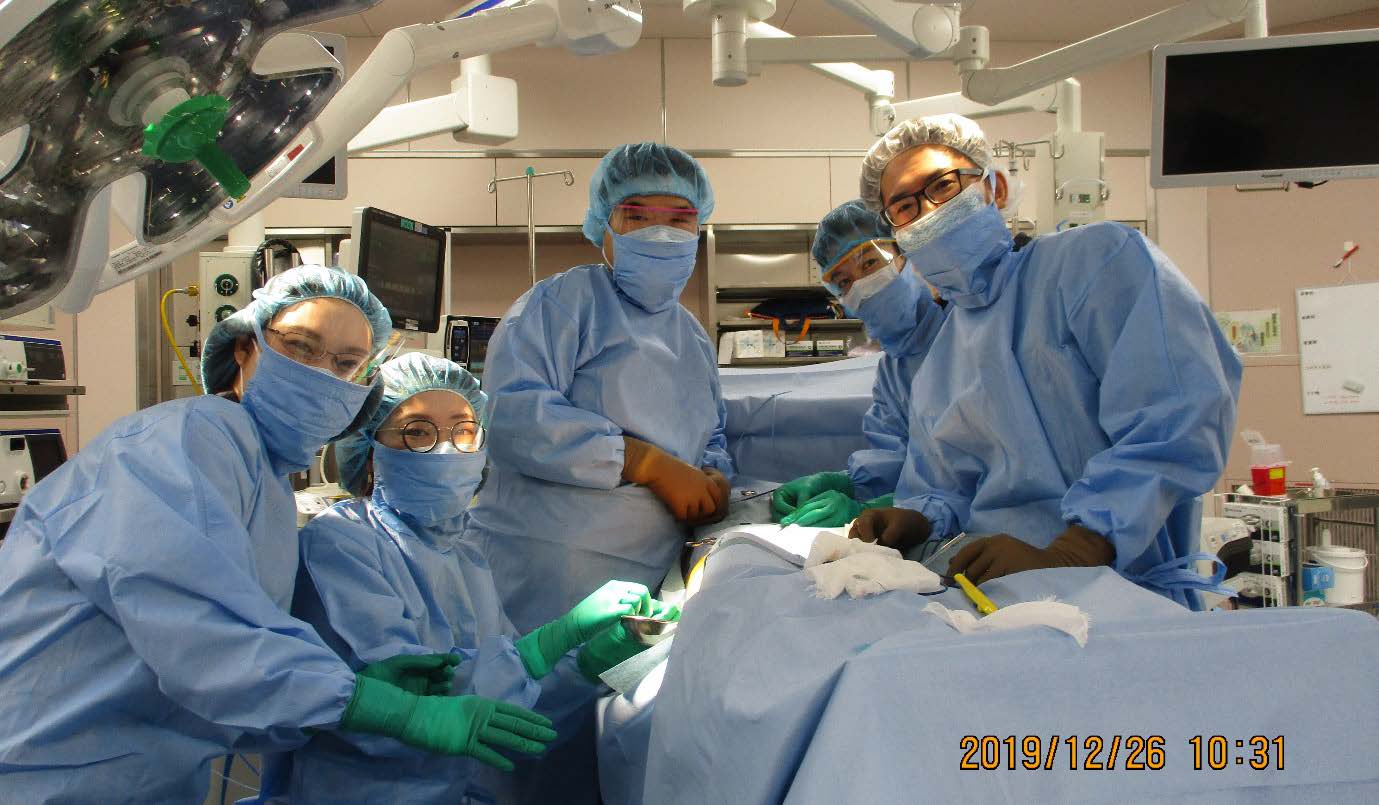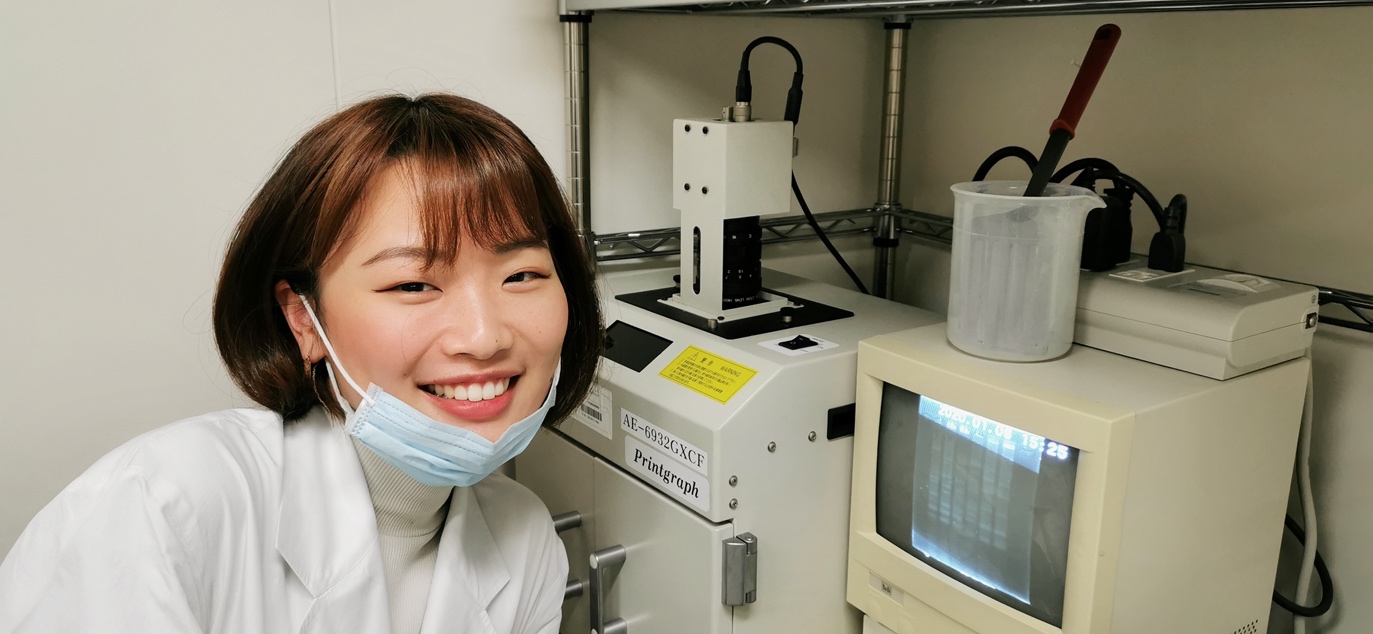Clinical Exchange in Japan
Welcome to Japan and Nagoya University school of Medicine!
Experience report
Name: Angela Mei
School: University of Western Australia, Australia
Study Period: 16thDec – 17th Jan 2020
Departments: Dermatology, Infectious diseases
Four weeks at Nagoya University Hospital flew by in the blink of an eye and what a whirlwind of an experience it was! I am greatly thankful for the kindness, enthusiasm to teach and hospitality of doctors from Nagoya University Hospital (NUH) and was able to gain many valuable insights into dermatology, infectious diseases, Japanese health systems and culture, and appreciate differences to Australian health care and disease patterns.
I spent two weeks in dermatology. On my first day I was taken to the outpatient clinic where I sat in the treatment room. Here patients would come in for clinical photography, minor surgical procedures, laser treatment, wound dressings and drug administration. I was also able to sit in clinic with Professor Akiyama and I was impressed by the range of rare dermatological conditions I was able to see and learn about including pemphigus vulgaris, autosomal recessive ichthyosis, pityriasis rubra pilaris, urticaria pigmentosa, eosinophilic pustular folliculitis and so on.
There was also a day or two in the operating theatre each week for more complex surgeries such as large tumour removal. As far as I’m aware, we don’t usually have theatre in Australia, and as someone who loves the procedural side to dermatology, I was very excited! Dr Yokota also allowed me to scrub in, excise and suture a melanoma, for which I am very thankful for the opportunity!
I then had a one-week winter-break over the new year where I was able to travel to Kyoto, Osaka and Nara. When I returned, I completed a two-week placement in Infectious diseases, led by Professor Yagi. I unexpectedly learnt many laboratory-based skills including gram stains, disc susceptibility tests, growing cultures on selective agars and gel electrophoresis for MRSA detection. This is different to Australia where the clinical microbiologist and ID doctor work more separately. I was also able to appreciate infection control and hand hygiene, where we would round other wards and inspect for cleanliness, which was good fun. I feel much more competent in infectious diseases now, probably more so than I am in Australia and am glad to have learnt from very knowledgeable doctors. ID is also a great chance to see different wards at Nagoya university hospital such as NICU, ICU as consultations come from all departments.
I will always remember the incredible hospitality of the doctors and hospital staff. Consultants will often treat you to lunch (every-day in dermatology!) and dinner, and I was able to visit the aquarium with Dr Murase with her son. I was given many tutorials in ID and thankful for the hours the doctors spent to teach me. In terms of the language barrier, I felt that it definitely did not hinder my learning and the doctors were fluent and willing to present cases in English for me. Overall an experience I would surely recommend!

End-of-year dermatology dinner party

Last day in theatre!

Gel electrophoresis!
Click here to read other stories
Nagoya University Graduate School of Medicine